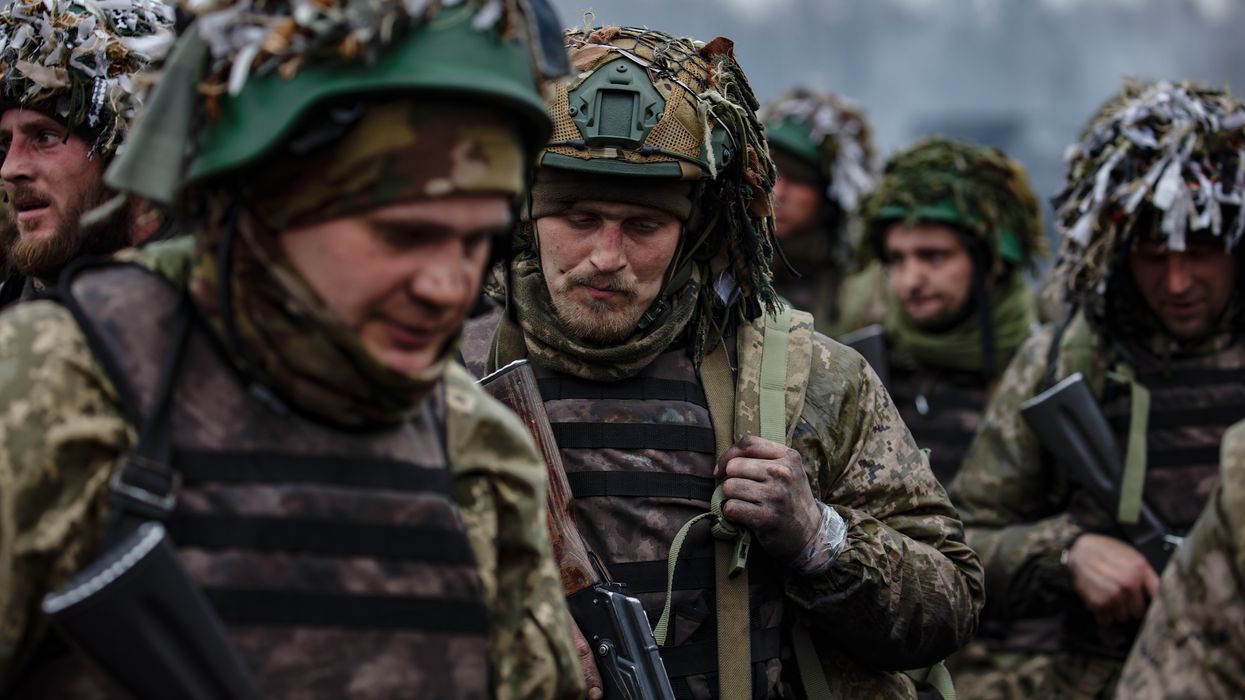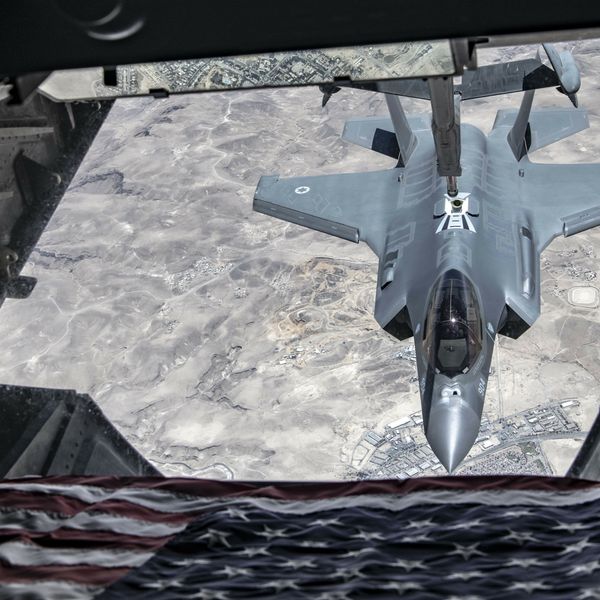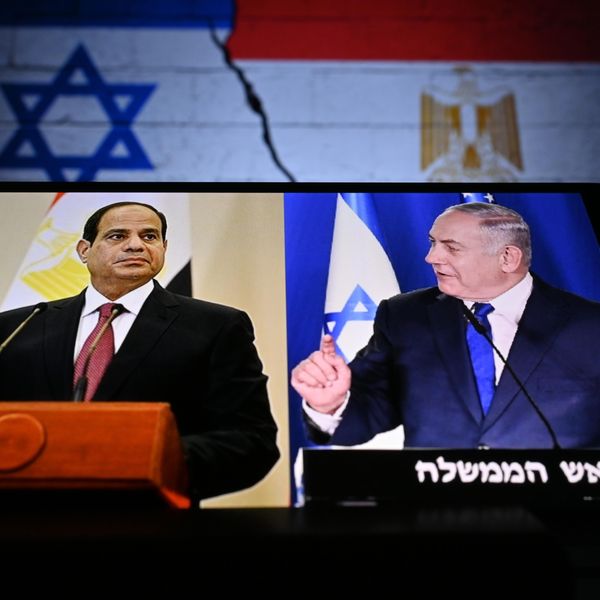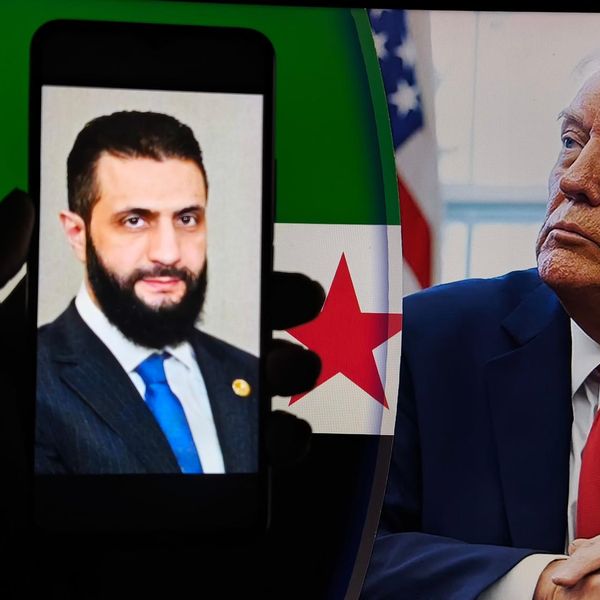For Iran, the fall of Syria’s Bashar al-Assad and what was left of his regime — together with Moscow’s decision to throw its leading Middle East ally to the winds — represents a strategic calamity. Iran’s resistance strategy rested on its alliance with Assad. To make matters worse, Iran’s leaders fear that Assad will be replaced with what they readily call “terrorists.” In this sense, the perception in Iran of the potential threat posed by new rulers in Syria echoes the view of U.S. policymakers. In Washington and Tehran, the shared worry is that the victory of a kind of “Sunni jihadism lite” could invite further fragmentation and civil war in Syria or open the door for a revival of a new version of the so-called Islamic State.
Iran’s reformists share this fear. At the same time, Assad’s fall has reshuffled the political deck in the Islamic Republic. What was widely seen as the inexorable consolidation of a new generation of hardliners now looks different. Assad’s fall has not only discredited Iran’s hardliners, it has also provided ample reason to renew diplomacy with the United States, a position long advocated by reformists. In all likelihood, they will seize on this opening in a bid to revive their fortunes both at home and abroad.
A quest for détente at home and abroad
There has always been a close relationship between the uphill struggle of reformists to put their mark on Iran’s political system and the hot-button issue of U.S.-Iran relations. Broad generalizations about a group as complicated and fractious as the “reformists” can be hazardous. Yet it’s fair to say that they do not share the intense aversion to or fear of American cultural and ideological power that animates their hardline rivals. On the contrary, many imbibed Western political thought. Echoing the eclectic nature of political thinking in Iran, the reformists drew from Marxism, old school liberalism, existentialism, and what used to be called “Third Worldism” to advance a vision of political change not by popular revolution, but by a process of hard work focused on building alliances and advocating for a more pluralistic and open politics.
Given the forces lined up against them — beginning with Supreme Leader Ali Khamenei and much of the leadership of the Islamic Revolutionary Guard Corps — reformists tried to enhance their domestic political clout by advocating international engagement with the West and even with the United States. What former President Mohammed Khatami called the “dialogue of civilizations” constituted a strategic gambit in this tricky domestic and global project. Every reformist president from Khatami to Hassan Rouhani to current President Masoud Pezeshkian has advocated some version of this approach.
Moreover, former foreign minister and current Vice President Mohammad Javad Zarif played a leading role in backing all three presidents. For Zarif and his allies in the foreign ministry, universities, and wider intelligentsia, securing the Joint Comprehensive Plan of Action (JCPOA) in 2015 provided the political and strategic linchpin in a struggle to deflect hardliners and gain the Supreme Leader’s acquiescence. For reformists, the JCPOA’s provisions — including its “sunset clauses” — provided a window of 10 to 15 years to restructure Iran’s economy and, reformists hoped, tie the country to the global diplomatic and economic arena.
The Obama administration made a similar bet, only to see the gambling board overturned when Donald Trump withdrew the United States from the agreement in 2018. Zarif’s sudden resignation as foreign minister in February 2019 not only mirrored his frustration with the seeming collapse of the agreement he helped to secure, it also followed a meeting between Khamenei and Assad from which Zarif had been excluded, and about which he was probably not even informed. The writing was on the wall: reformists, it seemed, had no role in the strategy of “resistance” that the hardliners were placing at the center of Iranian foreign policy. With the 2021 election of hardliner Ebrahim Raisi as president, it seemed as if the reformist project had totally collapsed.
Diplomacy and resistance
Assad’s demise may have given reformists a new lease on life. For Zarif, this not only seems to be an “I told you so” moment that echoes his previous warnings about the power of his hardline adversaries, it is also one of bittersweet justice. Iran’s “Axis of Resistance” has lost its chief ally in Damascus while its number-two ally, Hezbollah, has agreed to a ceasefire with Israel after suffering numerous blows, the most serious of which was Israel’s September 27 assassination of its Secretary General Hassan Nasrallah.
And yet it is vital to recall that from the start Iran’s resistance strategy was built around both the use or threat of force and diplomacy. While they hated the reformists, hardliners needed their entree with global leaders, as well as the reformist-dominated Foreign Ministry’s expertise. Zarif knew this when he rescinded his 2019 “resignation.”
Similarly, his August 12, 2024 resignation as vice president for strategy 11 days after Pezeshkian’s election and subsequent return to that post two weeks later telegraphed the message that reformists still have a key role abroad and at home. That Khamenei did not oppose Zarif’s return even though hardliners had prompted his short-lived exit suggests that the Supreme Leader knows that with the declining capacity of Iran to use force to defend its most vital interest — regime survival — diplomacy is essential.
Indeed, Zarif reiterated the case for diplomacy in a December 2, 2024 Foreign Affairs article in which he argued that “Pezeshkian wants stability and economic development in the Middle East…But he also wants to engage constructively with the West. His government is ready to manage tensions with the United States…Pezeshkian hopes for equal-footed negotiations regarding the nuclear deal—and potentially more.”
The reference to the future is intriguing. With Assad’s fall and Russia’s humiliating retreat from Syria, Iranian foreign policy is at a major crossroads. As the New York Times’ David Sanger recently noted, Iran can either pursue its ongoing expansion of its nuclear program — a path that as this writer has noted is fraught with peril — or opt for serious diplomacy to defend, and thus redefine, a resistance strategy that has long been based on a “no war, no peace” formula that has become increasingly hard to sustain.
Will Trump go for a new deal?
It is too early to tell how Trump will respond to any outreach by Iran — outreach that may already be unfolding, as the November 14 meeting between Elon Musk and Iran’s U.N. ambassador suggests. Every Middle Eastern leader is betting that the president-elect will deliver the diplomatic goods that Joe Biden failed to produce. On Iran, however, Trump will have to agree to the premise of a negotiated bargain that he previously rejected, namely reducing or eliminating nuclear-related sanctions in return for a new deal that imposes a tougher regime of international supervision but that allows Iran limited enrichment. Hardliners such as Brian Hook, who may again serve as Trump’s Iran point man, will argue instead for returning to “maximum pressure,” a policy that under the first Trump administration precluded any compromise on enrichment. And they will assert, as Hook has done repeatedly, that there is no real difference between Iran’s hardliners and reformists, that is, the only thing that matters is the Supreme Leader.
Trump is hardly in a position to referee a debate on Iran that will only intensify after he returns to the White House. Yet his aversion to allowing the United States to get pulled into a regional war might prompt him to resist his own hardliners and instead take advantage of potential — if still unclear — openings that no one inside or outside the Middle East anticipated only a week ago.
A version of this article originally appeared at Arab Center Washington DC.
















